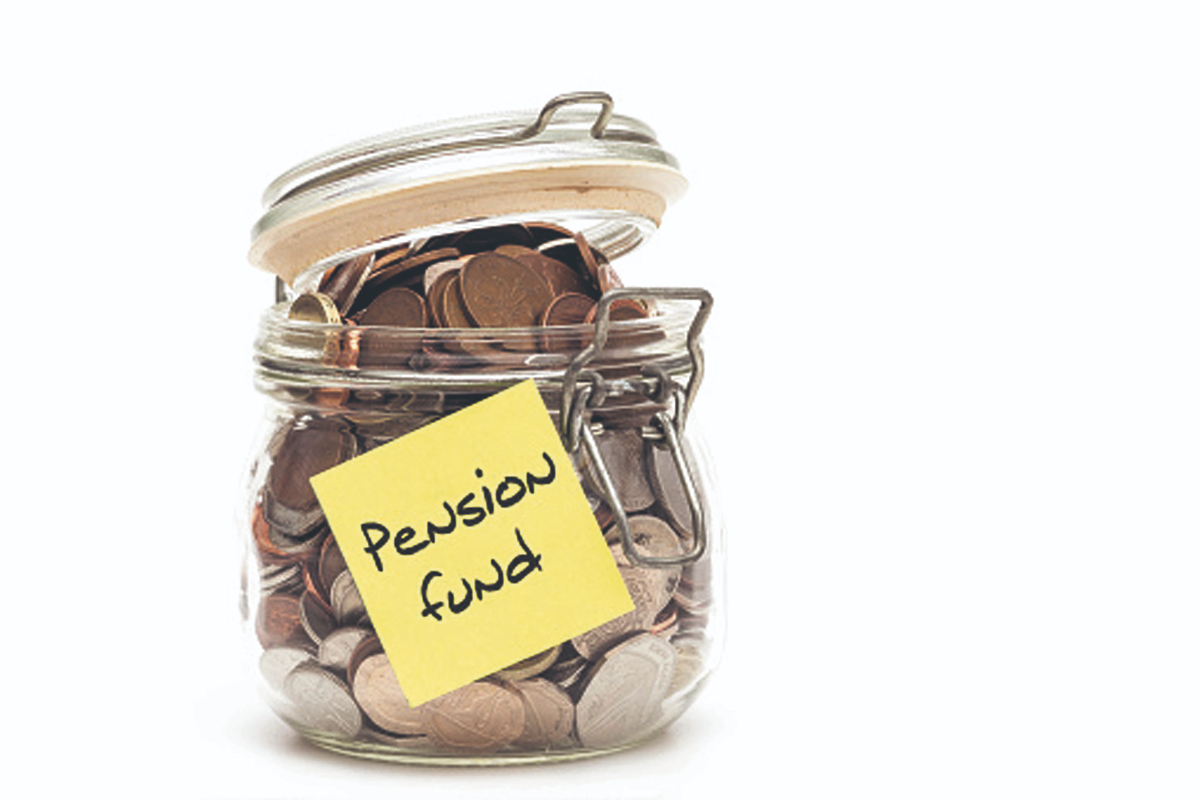Copyright cityam

The triple lock was forged with noble intentions, but in 2025 it’s become an expensive political relic, writes Tom Adcock With economic growth stalling (if it even started) and Rachel Reeves potentially boxed in by her manifesto pledges, it’s time to take a hard look at the one area no Chancellor dares to touch. As a tax accountant, I spend my days looking at the numbers that many prefer to ignore. And one number should make all of us sit up. According to the Institute for Fiscal Studies (IFS), maintaining the triple lock could add more than £45bn a year to pension costs by 2050 – the bill currently stands at £125bn out of a £1.2 trillion budget (or just over 10 per cent). The triple lock guarantees that the state pension rises each year by the highest of inflation, average earnings or 2.5 per cent. It was designed to protect pensioners from poverty. A fair goal. But in practice, it has become an expensive political relic, unsustainable in an ageing society and unfair to younger taxpayers footing the bill. Here are three reasons it’s time to retire it for good. A £45bn time bomb The IFS projections are stark. By the middle of the century, the triple lock will add more than £45bn a year to the pension bill. Every extra year we keep it, the fiscal correction needed later becomes sharper and more painful. As any accountant will tell you, compounding is a powerful force. Linking pensions to whichever measure grows fastest means the liability ratchets up every year. Even small differences like a few tenths of a per cent, quickly balloon when applied to millions of people over decades. This is not about punishing pensioners, but we must also protect other generations from an impending crisis. The longer we delay reform, the likelier it becomes that an eventual Chancellor will be forced into brutal, sudden cuts. Better to adjust now, steadily and fairly, than to lurch later. Long-term stability Another key advantage is that scrapping or softening the triple lock would immediately free up precious fiscal headroom which is money the Chancellor desperately needs. With growth flatlining and borrowing costs still relatively high, even modest savings could provide breathing space for investment in things like infrastructure and defence. A simpler, more sustainable approach, such as linking pensions to growth in average earnings, would still protect retirees’ living standards in line with wage earners across the country. And it would also show international markets that Britain can make mature, fiscally responsible choices. Stability is perhaps the cheapest stimulus there is – we all like a little bit of certainty! Time for means testing The final reform, and perhaps the hardest to say aloud for a politician, is means testing. Should we really be paying the full state pension to people with large private pensions or significant assets? It sounds controversial, but fairness demands the question. The tax system already uses means testing across a range of benefits, from child benefit to student finance. Why should pensions be exempt? Reform would ensure limited resources go where they’re needed most. For many pensioners, the state pension is a lifeline. For others, it’s a top-up they don’t need. Differentiating between the two isn’t callous and it would go a long way towards rebuilding intergenerational fairness in a system that can reward age over need. The triple lock was a noble idea for a different time. But with Britain’s finances stretched and the demographic tide rising, we can no longer afford it. If the Chancellor wants to prove she is serious about responsible growth, pension reform is no longer optional. Tom Adcock is a tax partner at Gravita



